Migrants in the Land of the Rising Sun. Why is Japan bad with demographics and how can a country solve this problem?
Japan is one of the most mono-ethnic countries in the world. Japanese make up 98% of the country's population. In addition to them, the Ainu and their descendants live in Japan - the ancient aboriginal population of a number of northern islands, primarily Hokkaido. Another familiar group of non-Japanese population is Koreans. Virtually all his history Japan remained an extremely closed country. Only in the middle of the XIX century, the shogun was forced to open borders for contacts with foreigners after two centuries of complete isolation of the Japanese state. Since that time, Japan has long been a donor of migrants. The first ship with Japanese immigrants in 1868 went to the Hawaiian Islands. He marked the beginning of the mass migration of Japanese immigrants to the United States of America, to some islands of Oceania and to Latin America, first of all to Peru. Numerous Japanese diasporas were formed in the USA and Latin American countries. As for Japan itself, there was still no significant influx of foreign migrants into it. In the first half of the twentieth century, when Japan led an aggressive foreign policy, workers from Korea were brought into the country. They were used for unskilled and hard work. A large number of women and girls were also exported from Korea and China to Japan.
After World War II, Japan lost all overseas territories and occupied countries. At the same time, the demographic situation in the country was characterized by a high birth rate, which, given the small area of Japan, posed a certain threat to the country's socio-economic stability. Therefore, the Japanese leadership has for a long time stimulated the departure of the Japanese to the United States and the countries of Latin America, and, in contrast, with foreigners entering the country, it imposed severe restrictions.
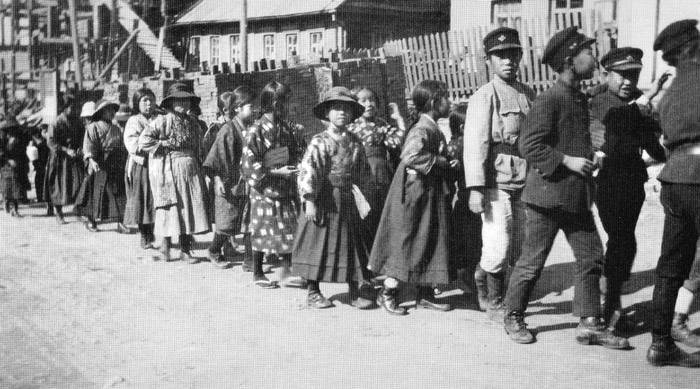
But measures to stimulate the departure of the Japanese abroad did not bring the desired results. Most Japanese did not see the point of leaving the country, especially since the economic situation in Japan was improving and the country soon became one of the most developed and richest countries in the world. The economic boom in Japan has led to increased demand for labor in the country. However, unlike Western European countries or the United States, foreign migrants almost never traveled to Japan. The majority of foreigners living in Japan are Koreans and Taiwanese, who were previously considered Japanese subjects, since Korea and Taiwan were ruled by Japan, but then were deprived of their citizenship. Even the deepening globalization processes have not led to a significant increase in foreign immigration to Japan.
Up until the end of the 1980's. The Japanese authorities pursued a very strict immigration policy aimed at maximally limiting the number of foreign nationals entering the country. All foreigners living in the country were under the control of the relevant authorities, it was not so easy to obtain the right of residence in the country. At the same time, Japanese citizens could leave the country almost unhindered, so many of them quietly traveled between Japan and the United States, Japan and the countries of Latin America. It is obvious that in the presence of an influential Japanese diaspora in the western hemisphere, the authorities saw certain advantages. Just look at the example of the Chinese diaspora, which is the conductor of Chinese economic influence in Southeast Asia, to understand that Japan only benefited from the presence of the Japanese in other countries of the world.
As early as 1947, two years after the end of the Second World War, the Immigration Bureau was created within the Ministry of Justice of Japan, which became the main government agency that regulates the migration situation in the country. The Immigration Bureau included the Immigration Department of the Japanese Ministry of Justice and eight regional departments in the largest cities of the country - Tokyo, Osaka, Nagoya, Fukuoka, Hiroshima, Sendai, Sapporo and Takamatsu. In addition, the bureau included three immigration centers in Omura, Ibaraki and Usiku. These immigration centers contain foreign nationals detained by migration control authorities and awaiting deportation from the territory of the Japanese state. It is the Immigration Bureau that is responsible for ensuring and implementing the migration policy of the Japanese state, including controlling the entry and exit of foreign and Japanese citizens, establishing the residence status of foreign nationals in Japan, deportation of foreigners who violate the country's immigration laws.
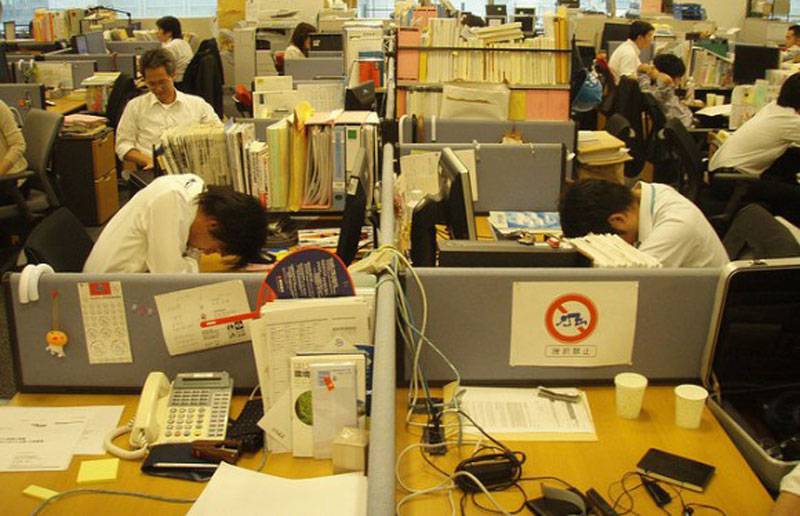
First of all, Japan is interested in accepting foreign highly qualified specialists, but the latter, taking into account the internal features of Japanese society, prefer to choose the United States, Canada, Western European countries as migration targets. Although, of course, in recent years, there has been a gradual increase in interest in Japan, primarily in the countries of Southeast and East Asia.
However, at present, the perception of immigration by the Japanese authorities has changed significantly. The fact is that after the rise in the standard of living of the population, the problems of declining birth rates and aging of the population also came to Japan. Modern Japanese are not in a hurry to marry, preferring their professional careers to early marriage and parenthood. But having entered into marriage, the Japanese are not inclined to have many children - now this is not only not in fashion, but is also a seriously burdening factor. As a result of this turn of the Japanese demography, the population of the country is aging, the country's labor resources are being reduced, which creates the need for their replenishment. But from whom?
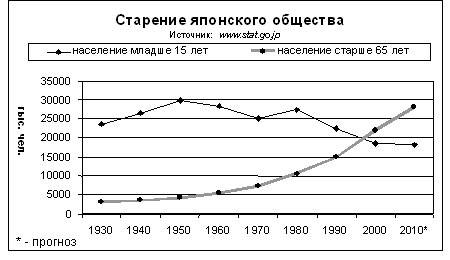 If now lives in Japan 127mln. people, after four decades, the population of the country, while maintaining the current demographic situation, will be reduced to 87 million, and half of the country's citizens will be retired and people of pre-retirement age. In Japan, there is now a very high life expectancy, which is associated with highly developed medicine, an increase in the well-being of the population. At the same time, the Japanese are relatively early - in 65 years - retire (it should be remembered that men in Japan live almost 80 years, women - more than 86 years). Obviously, the further progress of medicine will only contribute to the growth of life expectancy, that is, the number of older people in Japanese society. When people live to very old age, this is, of course, wonderful, but children must appear, young people grow up, and the predominance of old people in the demographic slice of society indicates very poor prospects for a gradual reduction of the population and the extinction of the nation.
If now lives in Japan 127mln. people, after four decades, the population of the country, while maintaining the current demographic situation, will be reduced to 87 million, and half of the country's citizens will be retired and people of pre-retirement age. In Japan, there is now a very high life expectancy, which is associated with highly developed medicine, an increase in the well-being of the population. At the same time, the Japanese are relatively early - in 65 years - retire (it should be remembered that men in Japan live almost 80 years, women - more than 86 years). Obviously, the further progress of medicine will only contribute to the growth of life expectancy, that is, the number of older people in Japanese society. When people live to very old age, this is, of course, wonderful, but children must appear, young people grow up, and the predominance of old people in the demographic slice of society indicates very poor prospects for a gradual reduction of the population and the extinction of the nation. Immigration can help solve the problems with the demographics of Japan. The Japanese government is well aware that, sooner or later, the country will face serious problems precisely because of the current low birth rate. Even if there is a sudden demographic boom, the born children will still need to be educated and trained, which will take at least twenty to twenty-five years to complete. It remains to attract foreign labor migrants, but right up to the present they are going to Japan very reluctantly. Plays its role and the fact that, despite the understanding of the current situation in the field of demography, in practice, the Japanese authorities have not yet created the conditions for a significant influx of foreigners into the country. The migration laws of Japan are still very tough with regard to external immigrants.
First of all, Japan faces a vacuum of candidates for migrants. Who to attract to the country? Natives from the Muslim countries of the Middle East and South Asia are too alien to the Japanese in terms of mentality and culture. In addition, a significant part of Japanese society is quite cool towards them. When in 2015 there was a question about the placement of Syrian and Iraqi refugees, Japan, stating that it was interested in solving this problem, allocated substantial financial resources, but refused to directly receive the refugees. This was announced in September by 2015 by Prime Minister Shinzo Abe.
There is no question of accepting African migrants who are flooding Europe. Again, there are very big cultural, confessional, mental, and external differences. Japanese people are very scrupulous about their nation, culture, national and cultural identity. In addition, there are obvious objections of an economic nature: the overwhelming majority of migrants from African countries are not qualified specialists, many of them prefer not to work, but to live on the benefits of refugees.
Southeast and Central Asia remains. These regions and should be considered as the main potential suppliers of labor resources to Japan. As for Southeast Asia and Oceania, then immigrants from the countries of the region are currently enrolled in large numbers in Japanese higher educational institutions. Of course, some of them may remain in Japan for the purpose of employment. If we talk about the inhabitants of Vietnam, Thailand, the Philippines, Indonesia and some other countries, their appearance, culture and mentality to a greater extent than those of people from the Middle East, allow them to integrate into Japanese society. Even considering that the majority of Filipinos are Catholics, Indonesians are Muslims, it will be easier for them to settle in Japan, because of the common features in the mentality of the peoples of the Asia-Pacific region, than for people from other regions of the planet. But we should not forget that many countries of Southeast Asia themselves are distinguished by a rather dynamic economic development, therefore, in the future, their citizens will leave their homeland less and less in search of employment. More interesting in this context are the countries of Central Asia - Mongolia, Kazakhstan, Kyrgyzstan.
As is known, Japan in the first half of the twentieth century considered Central Asia as one of the spheres of influence. Japanese emissaries operated in Eastern and Western Turkestan, in Tibet, in Mongolia. The peripheral regions of Central Asia were viewed as bridgeheads against Russia and China. After World War II, when Central Asia was completely in the sphere of influence of the USSR and China, Japan for a long time lost its ambitions, but now the interest of the Japanese government and business to the countries of Central Asia is growing again. Central Asia is interested in Japan not only as a market for products manufactured in the country of the rising sun, but also as a potential source of demographic resources.
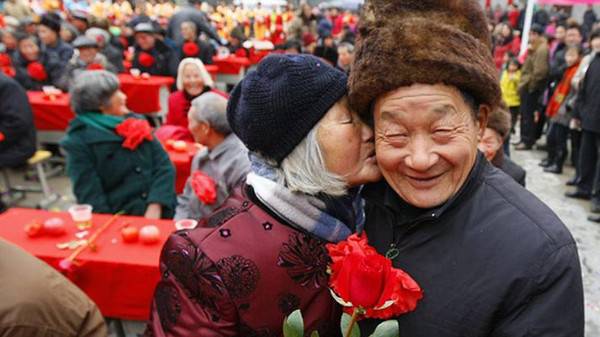
It should be noted that in Japan there is a dual attitude towards the problem of attracting migrants. On the one hand, Japanese politicians and businessmen are well aware of all the unhappy demographic prospects of the country and the need to address the situation, but on the other hand, few Japanese agree with the prospect of creating threats to the national and cultural identity of the country. Therefore, the greatest attention is paid to ensuring the migration to Japan of women from other countries of East, Southeast and Central Asia. They belong to the Mongoloid race and, therefore, do not have such obvious differences from the local population as the inhabitants of other regions of the planet. In addition, another very important factor plays a role here. The birth rate in Japan is declining due to the growing emancipation of Japanese women. Modern Japanese women no longer want, like their great-grandmothers and grandmothers, to spend their lives solely on the reproduction of offspring and housekeeping. Many of them are postponing the marriage as far as possible, consider the creation of a family as a very far from the time perspective, and many children are not going to have. Today, the average age of giving birth to a Japanese woman for the first time already exceeds thirty years.
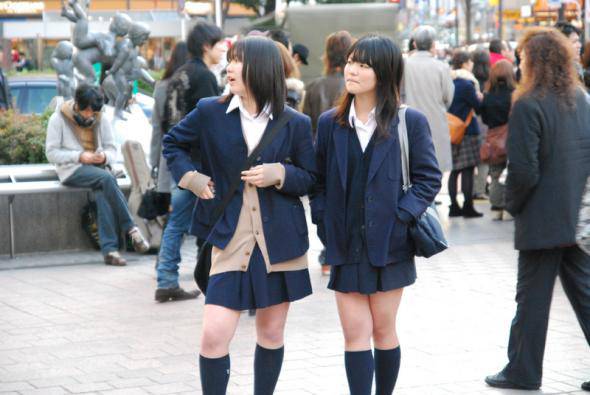
Japanese women dream of a career and prefer to study, get a higher education, and then move up the career ladder in companies. But even those who are not motivated to grow, prefer not to have a family, as this will limit their personal freedom. It is impossible not to recall such a problem as the abundance of all sorts of youth subcultures in Japanese society, as well as about such a phenomenon as “hikikomori”, that is, voluntary retreat, when a person limits his social contacts to the maximum. Naturally, about any creation of a family and childbirth in this case is out of the question. In addition, the number of asexuals is growing, both among girls and among young people. Japanese sociologists give impressive statistics - 45% of the girls surveyed between the ages of 16 and 24 have no interest in sexual relations and in general the relationship between the sexes. Among young men, this figure is less, but also very impressive by the standards of other countries - 25%.
Thus, the involvement of women from other states can be considered as one of the very constructive mechanisms for resolving demographic problems in Japanese society. It is in this aspect that representatives of other peoples of the Asia-Pacific region, also belonging to the Mongoloid race, are ideally suited - their offspring will not have any major differences in appearance from the modern Japanese.
But in the struggle for migrants - qualified specialists and migrant women - brides Japan has serious competitors. These are the “Asian tigers” Singapore and Taiwan, as well as huge China, which has recently become not so much a donor, as a recipient of migration. The features of migration to China and other countries of the region will be covered in another material.
- P P 'SЊSЏ RџRѕR "RѕRЅSЃRєRёR№
- http://dkphoto.livejournal.com/,http://nnm.me/, http://info-japan.ru/, http://emigrant.guru/,
Information